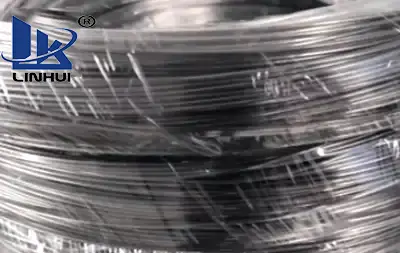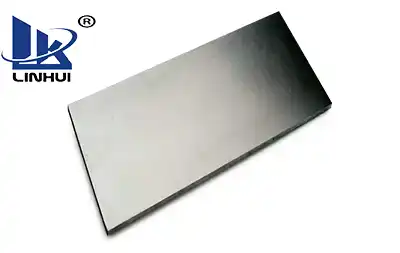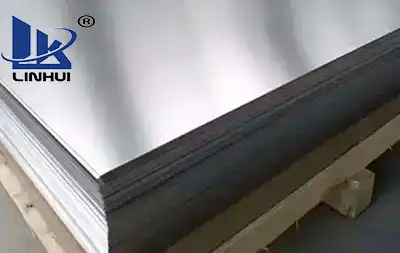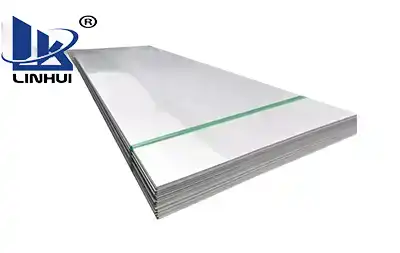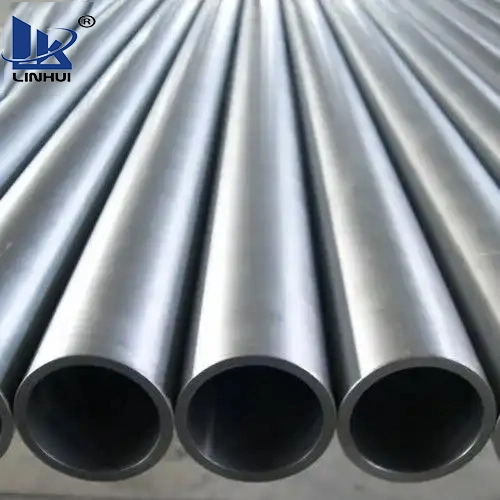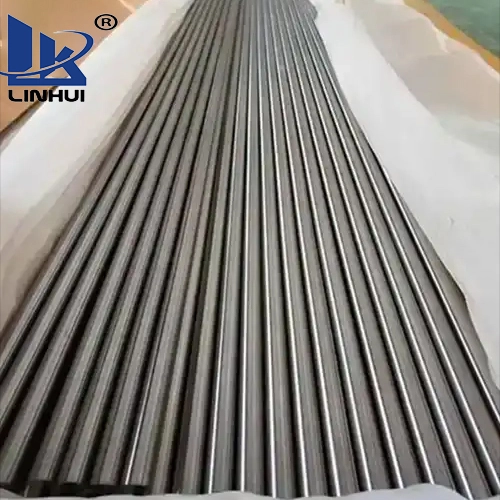What are the effects of cold rolling processing on the structure and properties of industrial pure titanium plate welds?
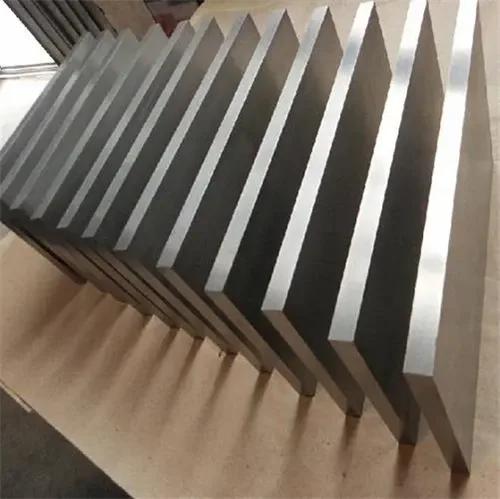
Industrial pure titanium has excellent corrosion resistance in oxidizing and neutral media and has been widely used in various fields such as the petrochemical industry and salt production. There are reports in the literature that after argon arc welding of industrial pure titanium, there will be a molten pool area and a heat-affected zone in the weld. The structure of these two areas is very different from the base metal structure. At the same time, the molten pool area and the heat-affected zone will occur. Preferential corrosion phenomena. Plasma welding has the advantages of high energy density, large linear energy, and high efficiency. Using this method to weld pure titanium plates can overcome the problems that may occur when using single-pass tungsten electrode argon arc welding because the tungsten electrode is close to the molten pool. Melting corrosion, causes tungsten inclusions to penetrate the weld and other shortcomings.
The coil production line of a company's plate and strip factory uses sheet welding technology to produce titanium coils. Therefore, there will be several deformed welds in the cold-rolled coil products. Whether these deformed welds can be used normally together with other parts of the coil is critical. The usage rate of coil material has an important impact. Scientific researchers studied the structure and properties of the weld processing area and base metal area, aiming to provide a reference for the production and use of tailor-welded coils.
The experimental material is a 3.5mm thick industrial pure titanium plate with the brand name TA1. Using the Nertamatic 450 automatic plasma welding machine, two annealed pure titanium plates were welded into a complete cold-rolled slab with dimensions of 3.5mm×1350mm×1520mm. The XXH2005 X-ray flaw detector was used to perform non-destructive testing on the welds of the welded sample plates, and the microstructure of the base metal and welds was observed with a metallographic microscope. The slabs that pass the flaw detection inspection are cold rolled in two rolling passes on a 1780mm cold rolling mill: the deformation in the first rolling pass is 43%, the thickness of the plate is reduced to 2mm, and annealing at 680℃×30min/AC is performed after rolling; The deformation amount in the second rolling pass is 50%, and the finished plate with a thickness of 1mm is obtained. After rolling, it is annealed at 650℃×30min/AC.
Conduct X-ray non-destructive inspection on the plate weld processing area of the two rolling passes; conduct metallographic microstructure observation on the cold-rolled and annealed weld samples of the two rolling passes; conduct annealed samples of the two rolling passes Hardness and room temperature mechanical properties were tested; MTS ETC1604 cupping testing machine was used to conduct cupping tests on the annealed finished plates to examine the process performance; PARSTAT-2273 electrochemical comprehensive testing system was used (the reference electrode was a saturated calomel electrode, The auxiliary electrode uses a platinum electrode, and the corrosive liquid is 3.5% NaCl aqueous solution). An anodic polarization test is performed on the annealed finished plate to examine the corrosion resistance. test results:
(1) The weld quality of pure titanium plates after plasma welding and pure titanium plates after two cold deformation annealings meets the Grade I requirements of the JB/T 4730.2 standard.
(2) After two cold deformation plate annealings, the grain size of the weld processing area is slightly smaller than that of the base metal area, the strong plasticity is slightly better, and the Vickers microhardness is also slightly higher.
(3) After cold working deformation annealing in two rolling passes, the elongation of the weld processing area of the plate is not much different from that of the base metal, the cupping value is similar, and the process performance is equivalent to that of the base metal.
(4) There is no obvious difference between the anodic polarization behavior of the weld processing area and the base metal, and the corrosion resistance of the two in 3.5% NaCl aqueous solution is the same.
The above is the editor’s summary of the impact of cold rolling processing on the weld structure and performance of industrial pure titanium plates. If you have any product needs, please contact us in time.






